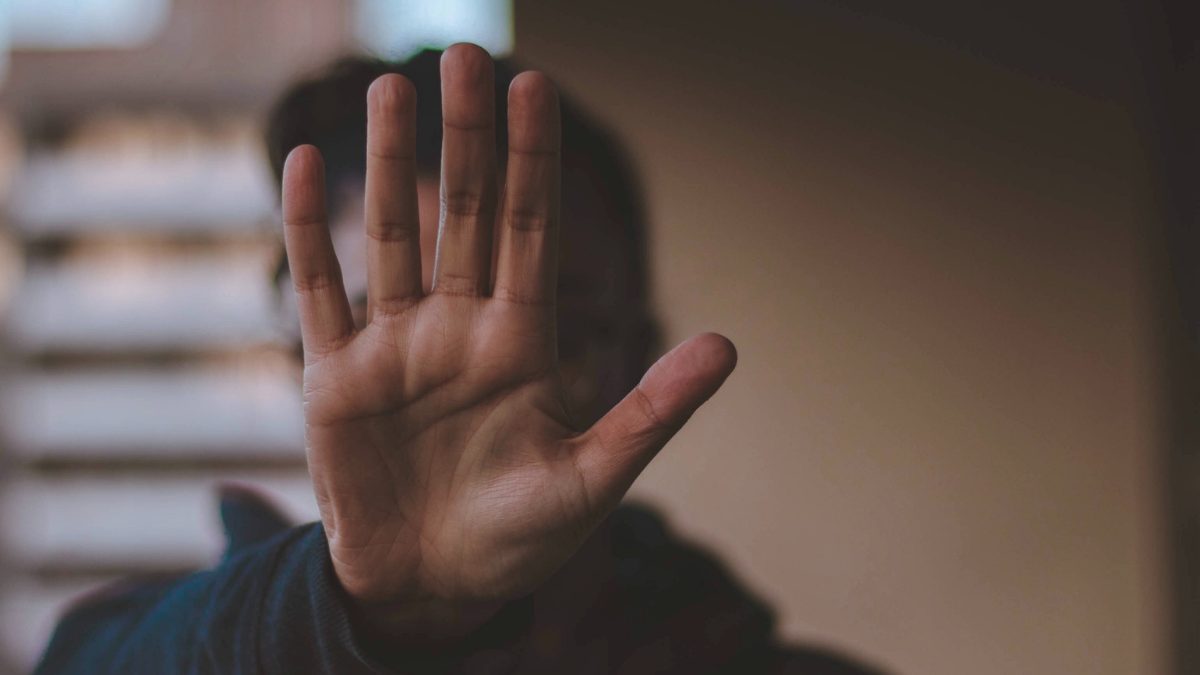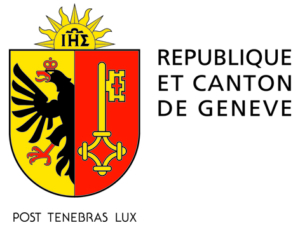Image by Nadine Shaabana via Unsplash
COVID19: DO WHAT IS NEEDED TO HOLD THE VIRUS AT BAY
By Dr David Nabarro, a Special Envoy of the World Health Organization Director-General on COVID-19
Take it seriously.
The virus that causes COVID-19 is dangerous and easy to underestimate. It will be an ever-present threat in many communities for the foreseeable future.
My WHO colleagues and I are encouraging everyone to work out how they can go about their lives – continuing to work and earn, be educated, socialize and more – while holding the virus at bay.
The virus is the adversary, people are the solution.
Holding the virus at bay
Holding the virus at bay requires following the well-established disciplines of disease outbreak control. There are no short cuts and no quick fixes. Different systems need to be woven together at local level and be well supported by both national authorities and international programmes. There is a need to do it all and do it well.
False choice: economy or health?
Presenting a choice between economy and health is a distraction from the work needed to hold the virus at bay. A strong economy needs a healthy nation and that needs focus on the right activity. The option is not herd immunity or total lockdown. Without a vaccine, herd immunity is not based in scientific evidence. It downplays the challenges of shielding the vulnerable. It ignores the very real challenge of large numbers of people debilitated by long tail covid. Total lockdown freezes the disease in place. It doesn’t address the cause of the spread. It halts the economy, pushing people into poverty. And it creates backlogs of treatment for other important diseases and harms mental health.
Doing all that is needed
The activities needed to Hold the Virus at Bay must all be implemented to ensure economic, social, educational and leisure activities can continue in a modified way. The spikes and surges of COVID-19 cases will need to be managed, with clusters of cases and outbreaks being suppressed at the same time. The ‘middle way’ between letting the virus go and locking down society means all the following activities are needed:
A. Widespread popular engagement: People everywhere need to adopt behaviours that make it hard for the virus to infect them. These include
- physical distancing, face masking;
- constant hand and cough hygiene with surface cleaning;
- prompt and effective self-isolating, by all as soon as symptoms appear or an individual is identified as a contact of a case (for the specified duration, usually at least 10 days);
- protecting people who are particularly susceptible or vulnerable.
B. Effective local action: Well-functioning local authorities, supported by national agencies interrupt and prevent transmission of the virus through;
- finding people suspected of having the disease and confirming through quick-turnaround testing;
- ensuring that people with symptoms or positive tests isolate properly;
- tracing individuals identified as a contact of someone with COVID-19 and ensuring they isolate as well;
- and,acting quickly to suppress outbreaks when they are building up (this may mean localised movement restrictions).
C. Integrated systemic responses: Systems need to be well organized and integrated, locally, nationally and internationally.
At local level this means, integrating local authorities, health services, residential care, businesses, religious groups, community organizations and local leaders so that they are ready to respond together as spikes in case numbers start to appear;
At national level this means ensuring that national authorities support the efforts of these integrated local groups; and,
Internationally this means strong cooperation and unified action by nations is essential – on everything from travel protocols to the development of new testing, treatment and preventive options like vaccines. The WHO, which is a product of the cooperation between nations, is a vital source of guidance and support.
D. Actions centred on the needs of people at risk: Responses to COVID-19 must focus on what really matters to people. Here are two realities;
- Responders must pay special attention to ensuring support for those who are disadvantaged; who face particular risks because of their living and employment conditions, who are vulnerable to loss of income or lack of food even if it is only for a few days;
- local and national governments must maintain essential services including health care for people who have non-COVID-19 conditions and social protection for those who are at risk of extreme poverty.
E. Avoid lockdown as the Primary means for containment:
- Lockdowns – or widespread movement restrictions – can be applied when the situation is perceived to be serious (rising case numbers, overloaded hospitals, clear community transmission and so on). They help authorities to buy time, to improve the ways in which public health and hospital systems work and to adapt them so they are ready to detect clusters of cases and suppress them quickly. Lockdowns do not get rid of the virus: they freeze it in place. The virus only disappears if transmission is interrupted through people with the virus being isolated for as long as they are infectious. Everything possible should be done to avoid widespread lockdowns as a PRIMARY containment measure.
On movement restrictions and lockdowns
From time to time, localised movement restrictions may be needed as efforts are made to contain local spikes and surges. They should be implemented with constant dialogue between people’s representatives and the authorities. The goal is that people do what is needed to prevent the virus from spreading because they choose to, and not because of restrictions being imposed on them. Authorities can support this through making sure that services are organized in the best possible way to interrupt transmission quickly, preventing clusters and outbreaks from emerging. This means testing strategies that yield data that reveals where the virus is and links directly to an integrated local response.
If clusters and outbreaks do appear, they should be slowed and then suppressed promptly. That is why localised and targeted movement restrictions, implemented jointly by local actors and national authorities, will be needed from time to time as local outbreaks are detected. These movement restrictions should be kept as time limited as possible.
Why do I write that everything possible should be done to avoid widespread lockdowns and that their use should be only as a last resort?
Because of the way they impact on people’s livelihoods, mental health, non-COVID-19 illnesses, access to education and more. I appreciate that as case numbers start to climb the temptation is to “go into lockdown” as a solution. The only justification for a lockdown is to build up capacity for holding the virus at bay: identifying locations where transmission risk is high, interrupting transmission, suppressing clusters and containing outbreaks quickly. Lockdowns provoke deep frustration among people everywhere; they contribute to extreme poverty. They should be kept as short as possible when they prove necessary.
Trust, Empathy and local-level leadership are invaluable
There are many examples from around the world of nations and communities successfully doing what it takes to hold the virus at bay. I am seeing these communities and nations show how by doing all that is needed, they keep the virus at bay and prevent it from welling up again. This focus requires people-centred, consistent, and empathetic leadership which prioritizes integrated working among multiple stakeholders. Every attempt must be made to manage conflicts between the groups essential to integrated local responses.
Systematic and successful management of interactions at interfaces will always be helpful. This helps everyone concerned to establish a common purpose for their efforts, to build and strengthen their inter-relationships and to be confident about sharing information with each other – including about their feelings, concerns and uncertainties.
This is critical to build trust among responders: the vital requirement for successful response strategies.
It is trust that what will lead us to a Covid-Ready world where we can once again meet, work and play, free from anxiety and antagonism.


Leave a Reply
Want to join the discussion?Feel free to contribute!